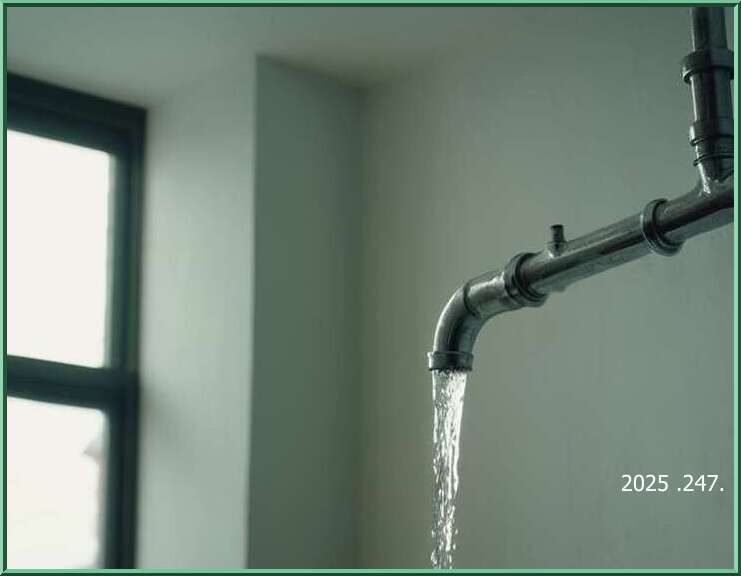 1. Safety First: Before beginning any cleanup efforts, remember to prioritize your safety. Turn off power sources within the affected area to prevent electric shock hazards.
1. Safety First: Before beginning any cleanup efforts, remember to prioritize your safety. Turn off power sources within the affected area to prevent electric shock hazards.
2. Assessing Damage: Evaluate the extent of water damage on walls and ceilings by examining for staining or discoloration. Pay attention to areas where water may accumulate behind drywall or wallpaper.
3. Removing Furniture and Belongings: Clear out furniture items and personal belongings from affected areas as quickly as possible to minimize potential further damage.
4. Extracting Standing Water: Use a wet vacuum or submersible pump to extract standing water efficiently from floors before tackling walls and ceilings.
5. Ventilation Is Key: Increase air circulation throughout the space using fans or opening windows if conditions permit; this helps expedite drying time for surfaces like plasterboard walls.
6. Drying Techniques: - Use dehumidifiers strategically placed around the affected space to reduce humidity levels. - Create proper airflow by positioning fans at different angles directed towards dampened surfaces. - Remove baseboards if necessary-it allows air access between wall cavities for more effective drying. - Employ infrared heaters carefully positioned away from flammable materials-these aids in speeding up surface evaporation without causing additional harm.
7. Cleaning Wall Cavities: It's crucial not only to address visible surface moisture but also reach hidden spaces where dampness may persist underneath drywall or insulation. Professionals often use specialized equipment such as moisture meters and thermal cameras to detect hidden moisture pockets accurately.
8. Treating Mold: If you encounter mold growth during the process, it's crucial to promptly address the issue. Consult professional mold remediation specialists who can safely remove and mitigate any existing mold colonies.
9. Monitoring Progress: Regularly check humidity levels, walls, ceilings, and other affected surfaces for signs of lingering moisture or re-emerging damage indicators. This step ensures that proper drying has occurred, reducing the risk of future complications.
10. Professional Assistance: When dealing with significant flooding or if you lack the resources or expertise in flood cleanup techniques, consider contacting a reputable flood restoration service provider. They have advanced tools and experience necessary to handle complex situations while effectively restoring your property.
Remember that quick action is vital when dealing with water damage caused by floods. By following these expert tips for removing excess water from walls, ceilings, and other affected surfaces during flood cleanup efforts, you'll be taking critical steps towards efficient restoration while safeguarding your home or business premises from long-term consequences.